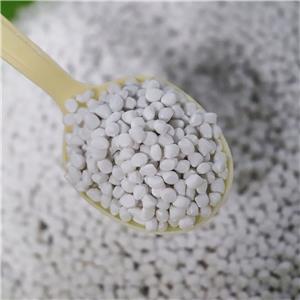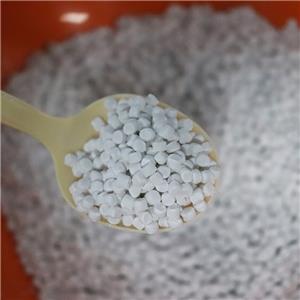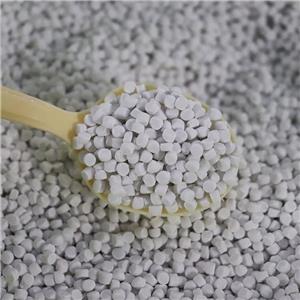Application characteristics, application and matters needing attention of talc powder in modified plastics
Application characteristics of talc powder in plastics
economy
As we all know, the price of talc powder is 10~20% of plastic, especially the price of plastic raw materials is rising today, the addition of talc powder can effectively reduce the cost of materials, improve the economic benefits of enterprises.
The improvement of comprehensive performance
Due to the addition of talc powder can change a variety of properties of plastics, so that many effective performance is improved, for engineering plastics, in many occasions do not add talc powder is not good, such as the requirements of heat resistance, rigidity, hardness, surface smooth requirements, requirements of convenient molding, weight and so on.
In different plastic materials, the application characteristics of talc powder are not the same
ABS and nylon added talc in addition to economic benefits, the performance is mainly heat resistance and forming shrinkage percentage.
The addition of talc powder in polyethylene is mainly rigid, heat resistant, molding shrinkage and cost reduction.
Polypropylene added talc is the most widely used, the role of the largest, such as the overall strength of the increase in heat resistance, the reduction of molding shrinkage, rigidity increase, cost reduction. In addition, talc with high mesh number can play the role of nucleating agent in polypropylene, which can effectively improve the comprehensive performance of polypropylene.
The use of talc powder
Direct addition of powder
Powder direct addition method: refers to the talc powder and plastic raw materials mixed directly by the twin screw extruder extrusion granulation into modified plastic raw materials, this is a commonly used method in plastic modification, is also the most economic method, with Nanjing plastic Tai maleic anhydride graft polypropylene or POE.
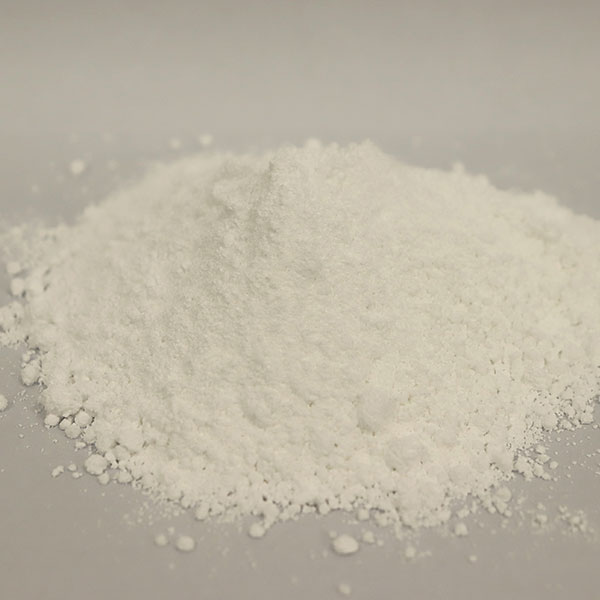
Carrier free masterbatch method
Carrier-free master grain method: it refers to the talc powder through a special process to make a carrier-free loose particles, and then the particles and plastic raw materials mixed, the twin-screw extruder granulation into modified plastic raw materials. Using this method has two advantages, one is to reduce the dust pollution in the production process, improve the working environment; The second is to improve the stratification between particles and powder in the mixing process, improve the uniformity of materials in the mixing process, so as to improve the quality of products.
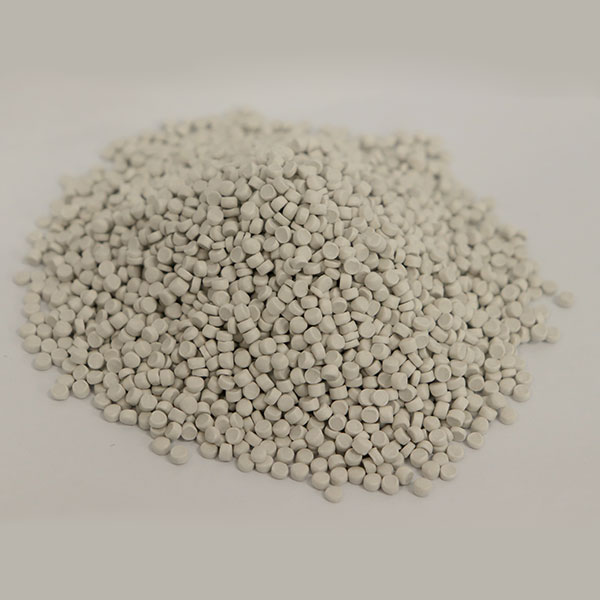
Packing masterbatch method
Filling masterbatch method: talc powder and plastic carrier is mixed, through the extruder granulation into a high content of masterbatch, this masterbatch and plastic raw materials can be directly mixed, through extrusion and injection to complete the finished product processing. This method is easy to use, no dust pollution.
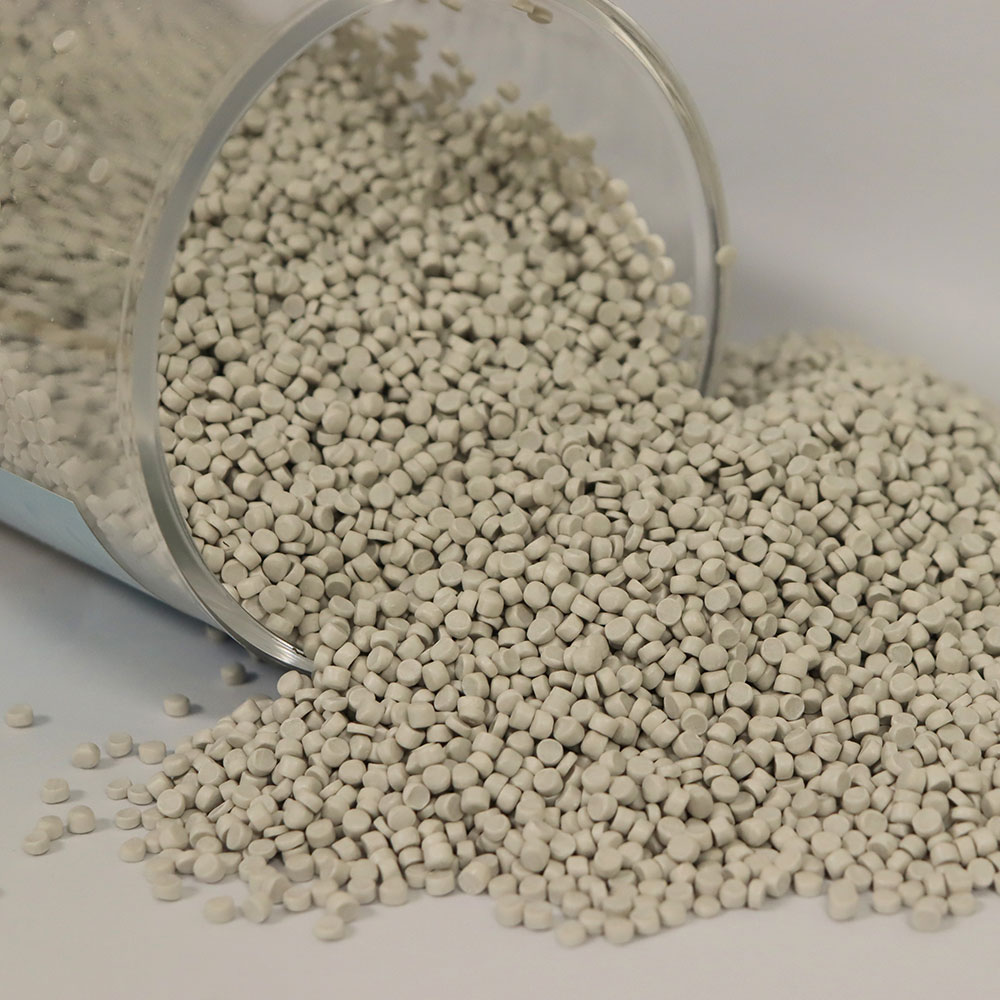
Several points for attention in the use of talc powder
Talc powder must be activated surface treatment, the talc surface activation treatment, mainly to improve the compatibility between talc and plastic raw materials, increase the effect of modification, applied to different plastics should choose different surface treatment agent, such as maleic anhydride graft polypropylene is a good way.
The dispersion of talc in plastic raw materials, under the condition of the same formula, the dispersion of talc in plastic raw materials has a great impact on the final physical and chemical properties of modified materials, and should be strictly controlled in the production process. The main factors affecting the dispersion of talc in plastic raw materials are formula, temperature, yield, process, etc. In addition, when the amount of talc is large, the method of adding step by step can be used to achieve good dispersion effect.
For different plastics, different requirements should choose different specifications of talcum powder, in order to achieve the ideal effect. This point is very exquisite, the choice is not good may backfire. Because different plastics, different products, different conditions of use have different requirements for raw materials, so different choices must be made in order to achieve the ideal effect.

